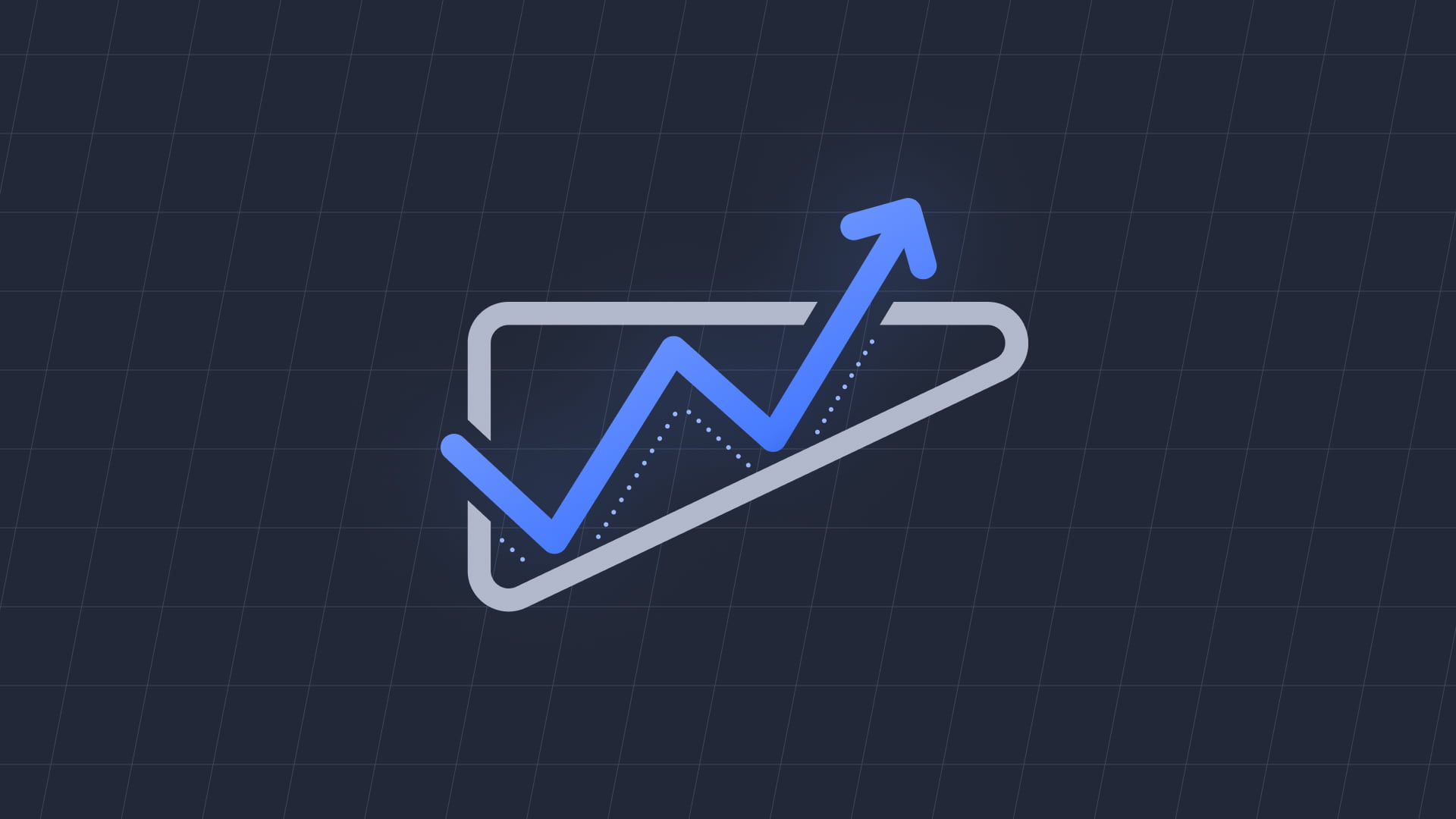The ascending triangle pattern is a bullish continuation pattern commonly used in technical analysis. It is formed when there is a strong upward trend in the price of an asset, but the price encounters resistance at a specific level, creating a horizontal line of resistance.

What is the Ascending Triangle Pattern?
An ascending triangle is a technical chart pattern that forms when there is a horizontal resistance level and an upward-sloping trend line that acts as a support for the price. It is called an ascending triangle because the trend line is sloping upwards while the horizontal resistance level remains flat.
- Traders and analysts search for ascending triangles as potential bullish trend indicators.
- The pattern forms when buyers enter the market at the trend line support level, creating higher lows, while sellers remain present at the resistance level, creating a flat or slightly downward-sloping line.
- As the price nears the triangle’s apex, the resistance and support levels meet at a breakout point.
- A breakout above the resistance level signals a bullish trend, prompting traders to buy, while a breakdown below the support level indicates a bearish trend, leading traders to sell.
- Not all ascending triangles result in a breakout, and some breakouts may not produce a sustained trend.
- Traders often use additional indicators and technical analysis tools alongside the ascending triangle pattern to confirm trading decisions.
What is a Descending vs Ascending Triangle?
| Ascending Triangle | Descending Triangle | |
|---|---|---|
| Description | A bullish pattern formed when an asset’s price makes higher lows but struggles to break through a horizontal resistance level. |
A bearish pattern formed when an asset’s price makes lower highs but finds support at a horizontal level. |
| Trend | Bullish | Bearish |
| Trend Line Direction | Upward-sloping | Downward-sloping |
| Horizontal Level | Resistance | Support |
| Application | Traders and analysts use this pattern, along with other technical analysis tools, to make more informed trading decisions. |
Traders and analysts use this pattern, along with other technical analysis tools, to make more informed trading decisions. |
Is an Ascending Triangle Bullish?
Yes, an ascending triangle is generally considered a bullish pattern in technical analysis.
This pattern shows that buyers are becoming more active and are gradually increasing their demand for the asset, as evidenced by the higher lows. At the same time, sellers are still present and are keeping the price from breaking through the resistance level.
Traders and analysts interpret this pattern as a potential signal that the buyers may soon break through the resistance level and drive the price higher, leading to a bullish trend. When the price finally breaks through the resistance level, traders may see it as a confirmation of the bullish trend and look for opportunities to buy the asset.
It’s important to note that not all ascending triangles lead to a breakout, and traders should use additional technical analysis tools and indicators to confirm their trading decisions. However, in general, an ascending triangle is considered a bullish pattern as it suggests that buyers are becoming more active and may soon push the price higher.
What is the Success Rate of the Ascending Triangle Pattern?
Precisely estimating the success rate of the ascending triangle pattern, like any technical analysis pattern, is challenging due to factors such as market conditions, the analyzed chart’s time frame, and other technical indicators used with the pattern.
Generally, analysts view the ascending triangle pattern as a bullish indicator, suggesting that buyers are gaining momentum and the asset price might soon break out above a resistance level. However, not all ascending triangles lead to a breakout, and the price may sometimes break down below the support level, leading to a bearish trend.
Traders and analysts often use additional technical indicators, such as volume, moving averages, and oscillators, to confirm the pattern and determine the likelihood of a breakout. The success rate of the ascending triangle pattern may increase when it is combined with other technical analysis tools.
Ultimately, the success rate of the ascending triangle pattern depends on a trader’s skill in interpreting the pattern and using it in conjunction with other technical analysis tools and market knowledge to make informed trading decisions.
Ascending Triangle Pattern – Stocks
Ascending triangle patterns can be found in a variety of stocks and other financial assets. Traders and analysts often look for these patterns as a potential signal of a bullish trend and may use them as part of their technical analysis to make more informed trading decisions.
To find ascending triangle patterns in stocks, traders can use charting software or platforms that offer technical analysis tools. Some popular charting platforms include TradingView, MetaTrader, and Thinkorswim.
Traders can scan stocks for ascending triangles using certain criteria, such as a horizontal resistance level and an upward-sloping trend line that forms higher lows. They may also look for an increase in volume as the price approaches the apex of the triangle, which can indicate a potential breakout.
It’s important to note that not all ascending triangles lead to a breakout, and traders should use additional technical analysis tools and market knowledge to confirm their trading decisions. However, ascending triangle patterns can be a useful tool for traders looking to identify potential bullish trends in stocks and other financial assets.
Ascending Triangle Pattern Bearish?
The ascending triangle pattern, usually seen as a bullish indicator, suggests that buyers are gaining momentum, and an asset’s price might soon break out above a resistance level. This pattern features a horizontal resistance level and an upward-sloping trend line forming higher lows, as buyers actively support the price.
A bearish pattern that is similar to the ascending triangle is the descending triangle pattern. In a descending triangle, the price of an asset forms a series of lower highs, while finding support at a horizontal level. This pattern indicates that sellers are becoming more active and that the price of the asset may soon break down through the support level, leading to a bearish trend.
It’s important to note that not all patterns lead to a breakout, and traders should use additional technical analysis tools and market knowledge to confirm their trading decisions. The success rate of any pattern, like the descending triangle pattern, can differ based on numerous factors, including market conditions, time frame, and other technical indicators used alongside the pattern.
Conclusion
Traders and analysts use both patterns, along with other technical analysis tools, to make more informed trading decisions.
For online resources and information on how cryptocurrency work, especially how the TET token works, Tectum has a number of resources on YouTube.
